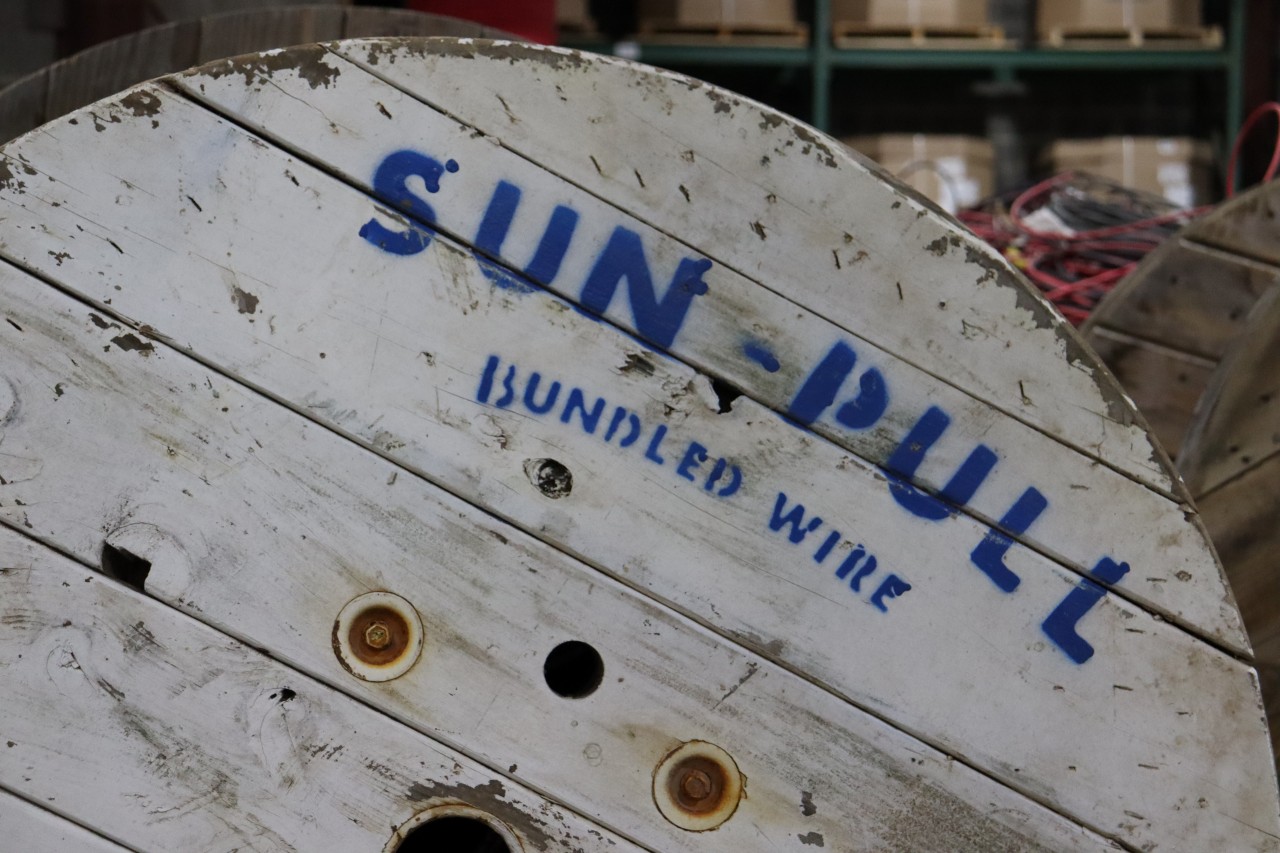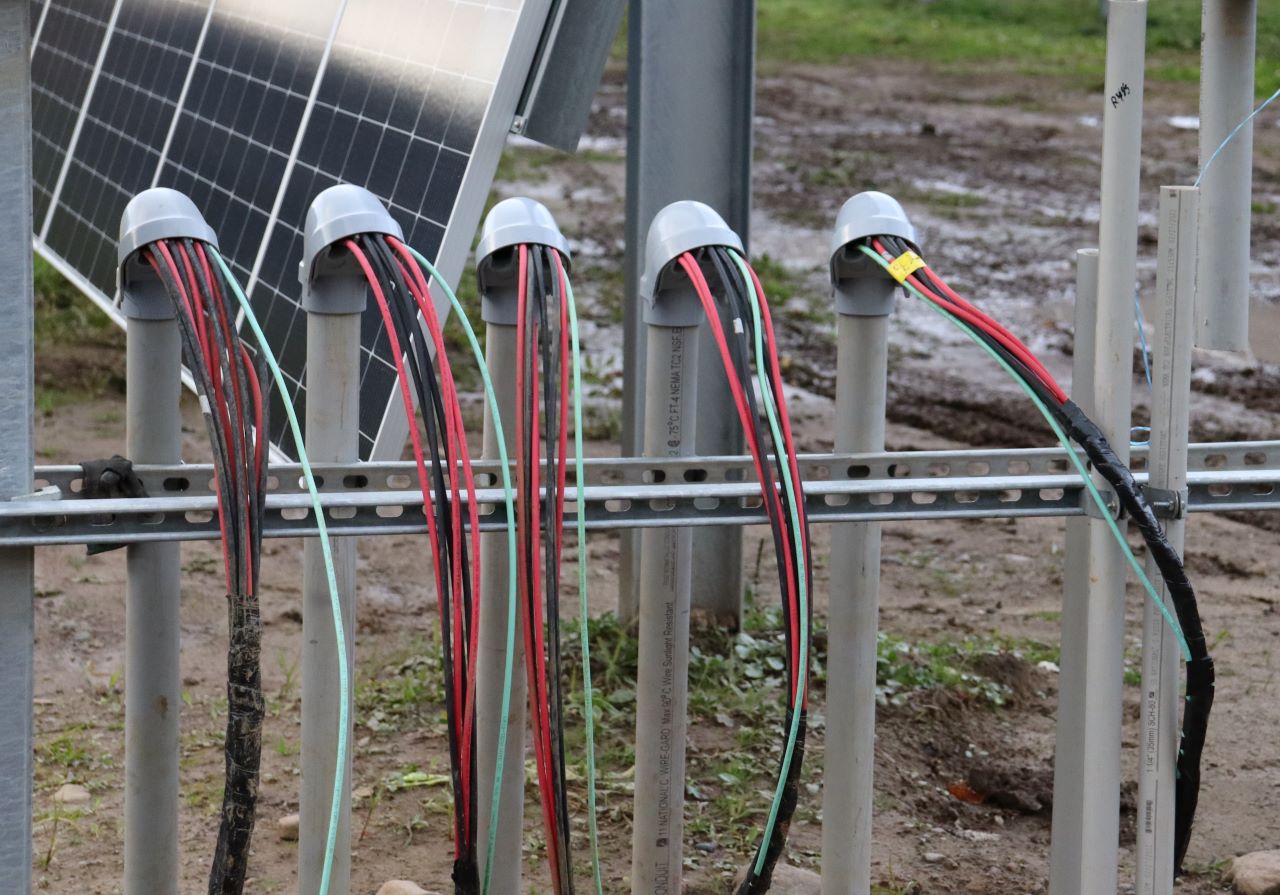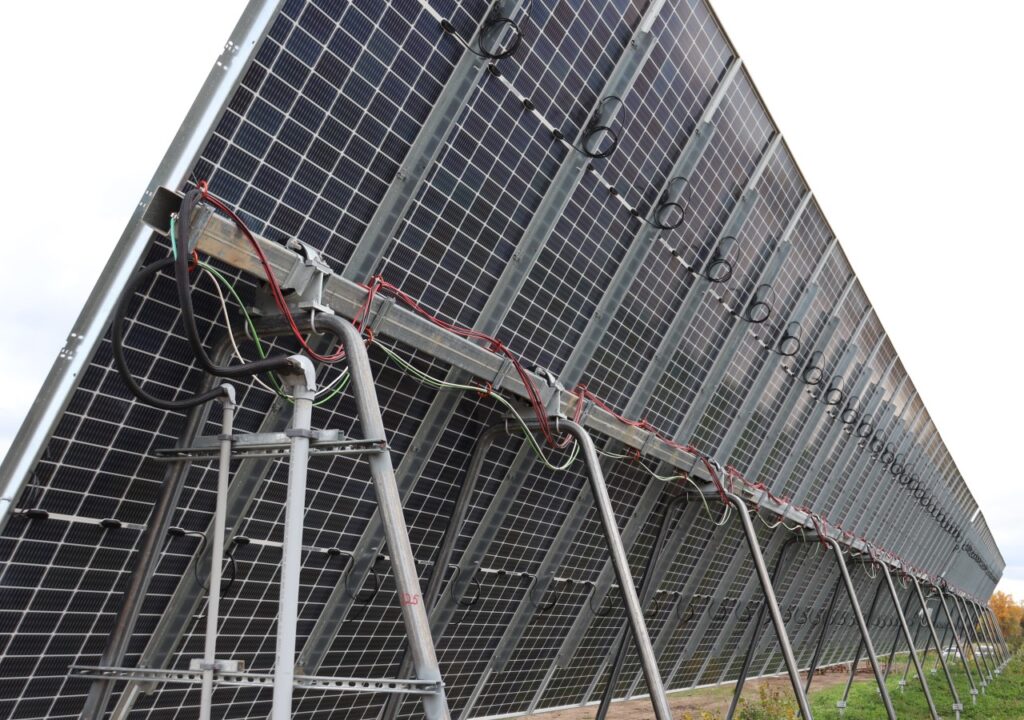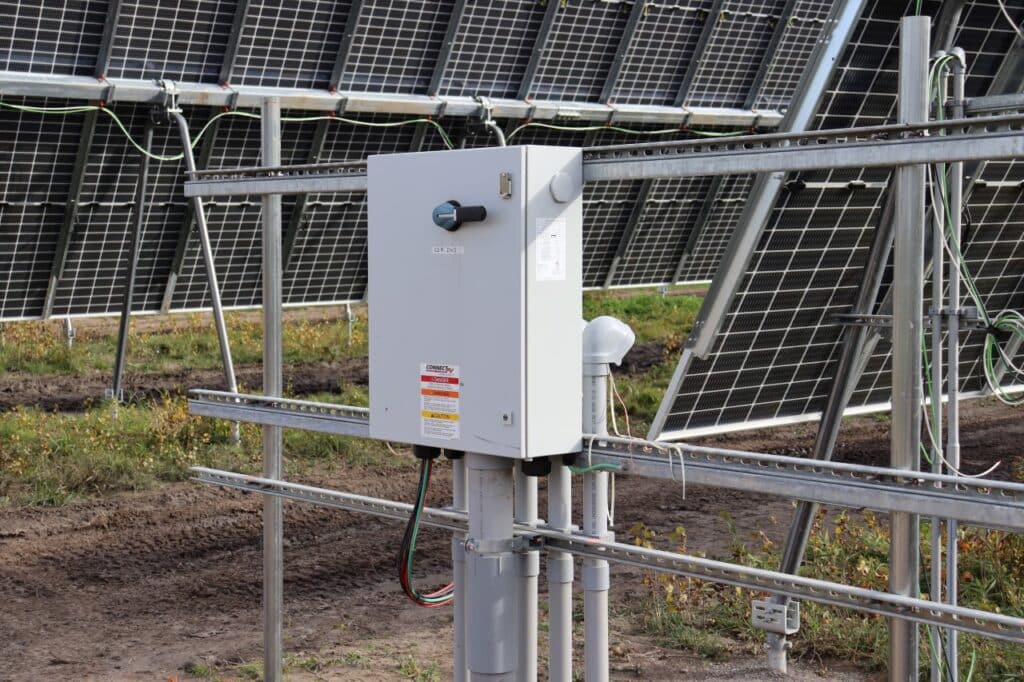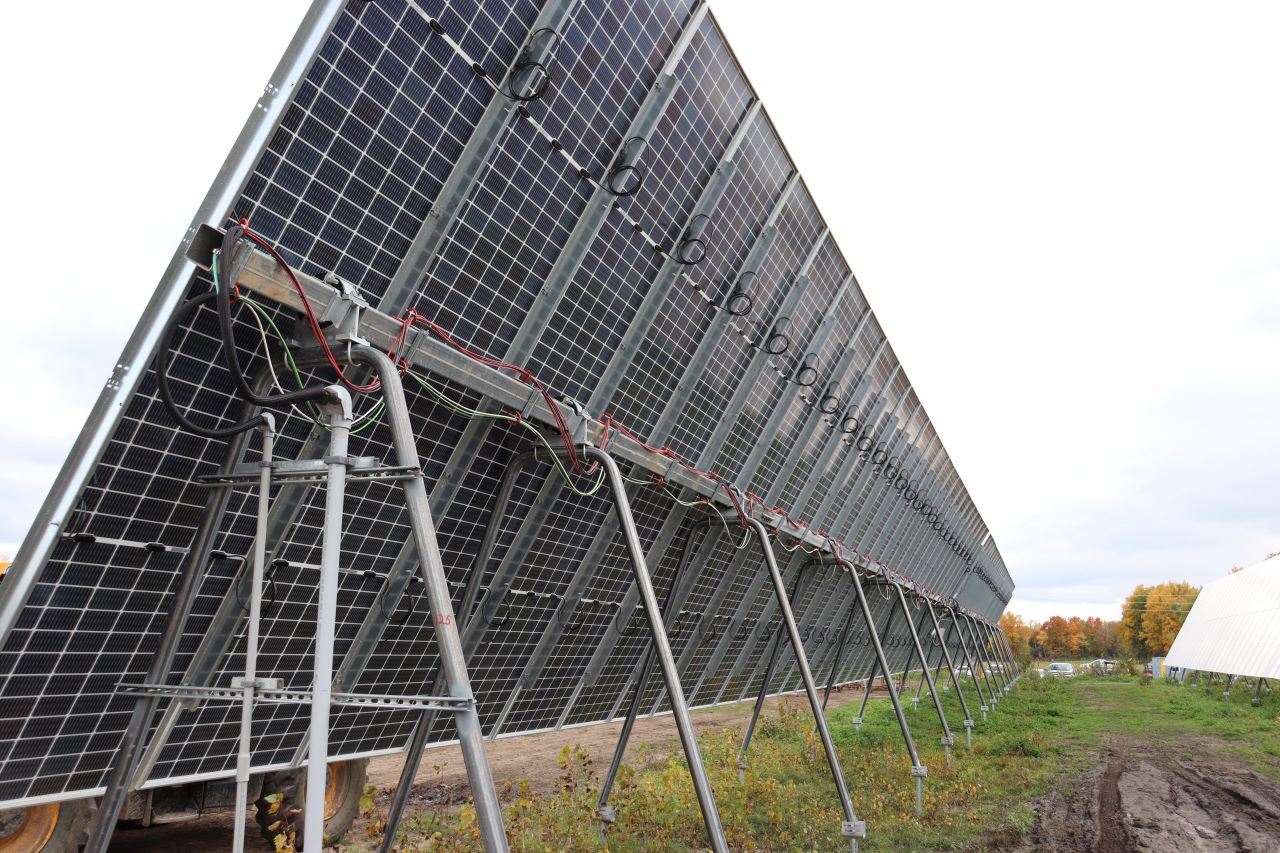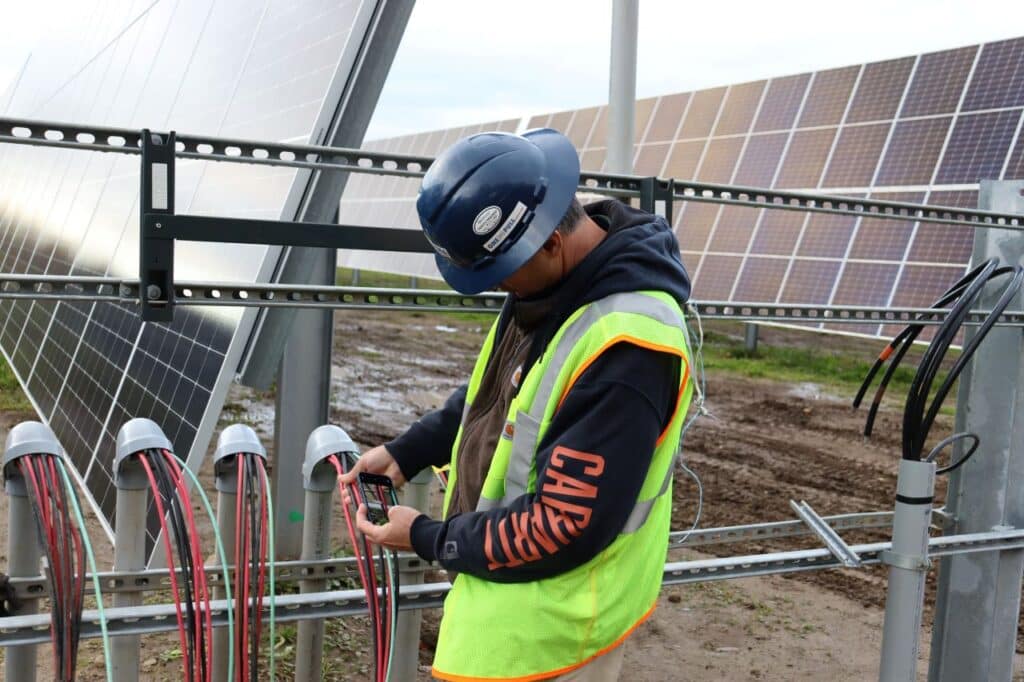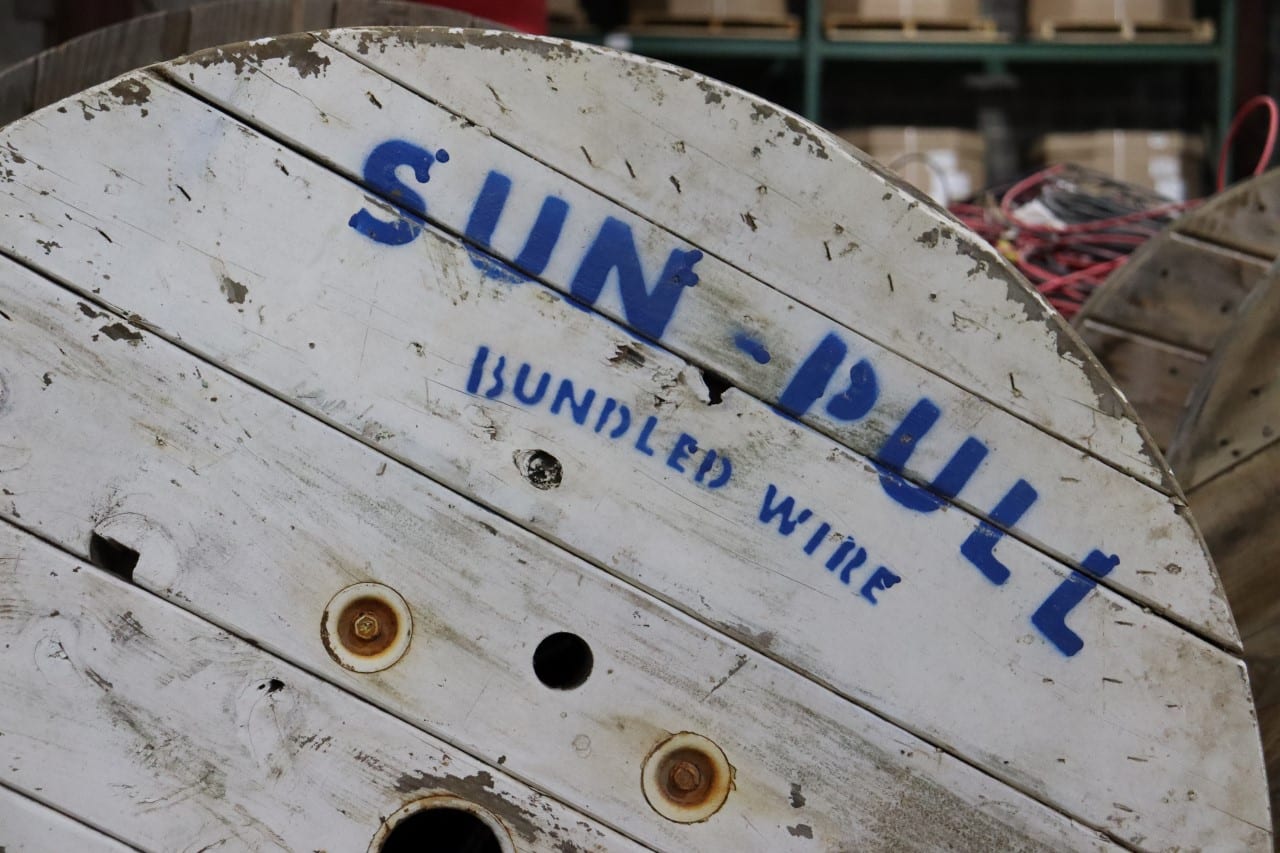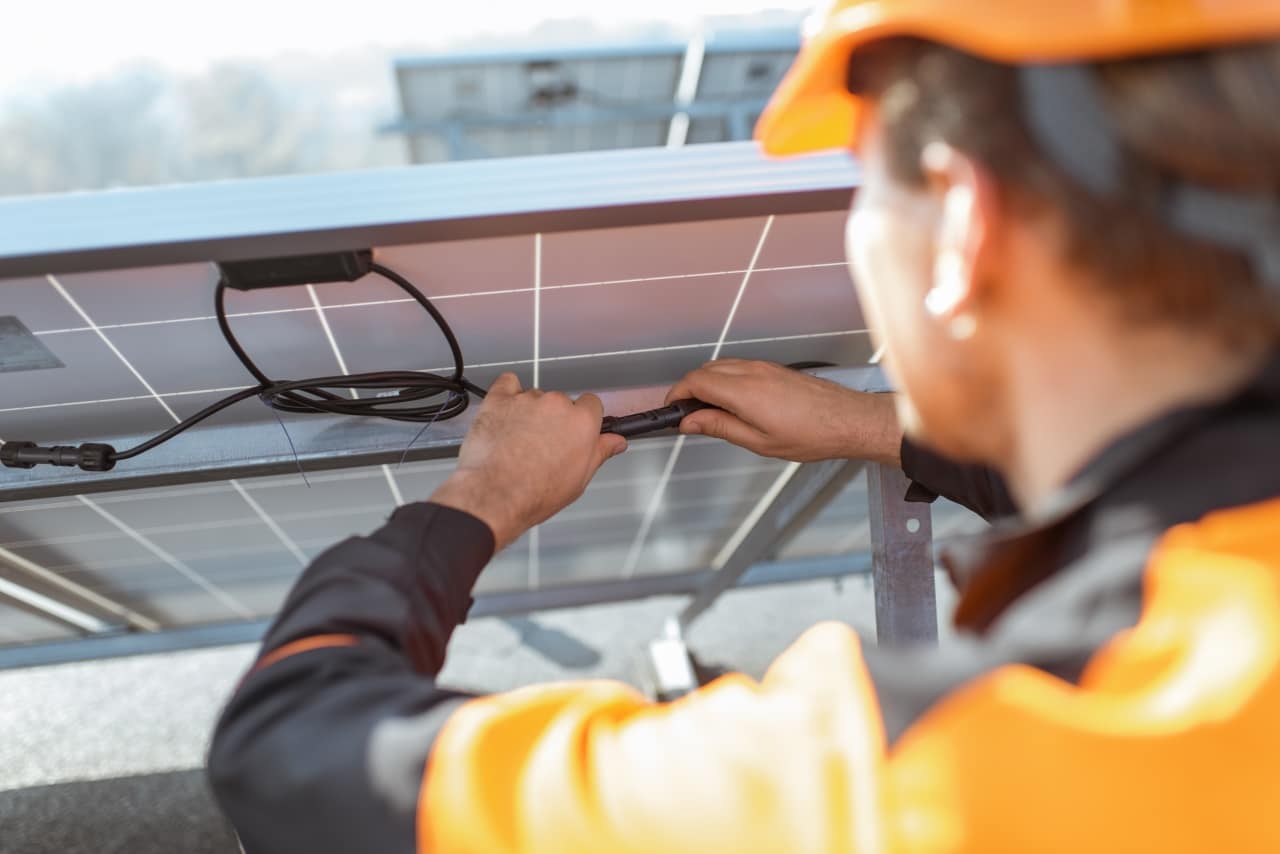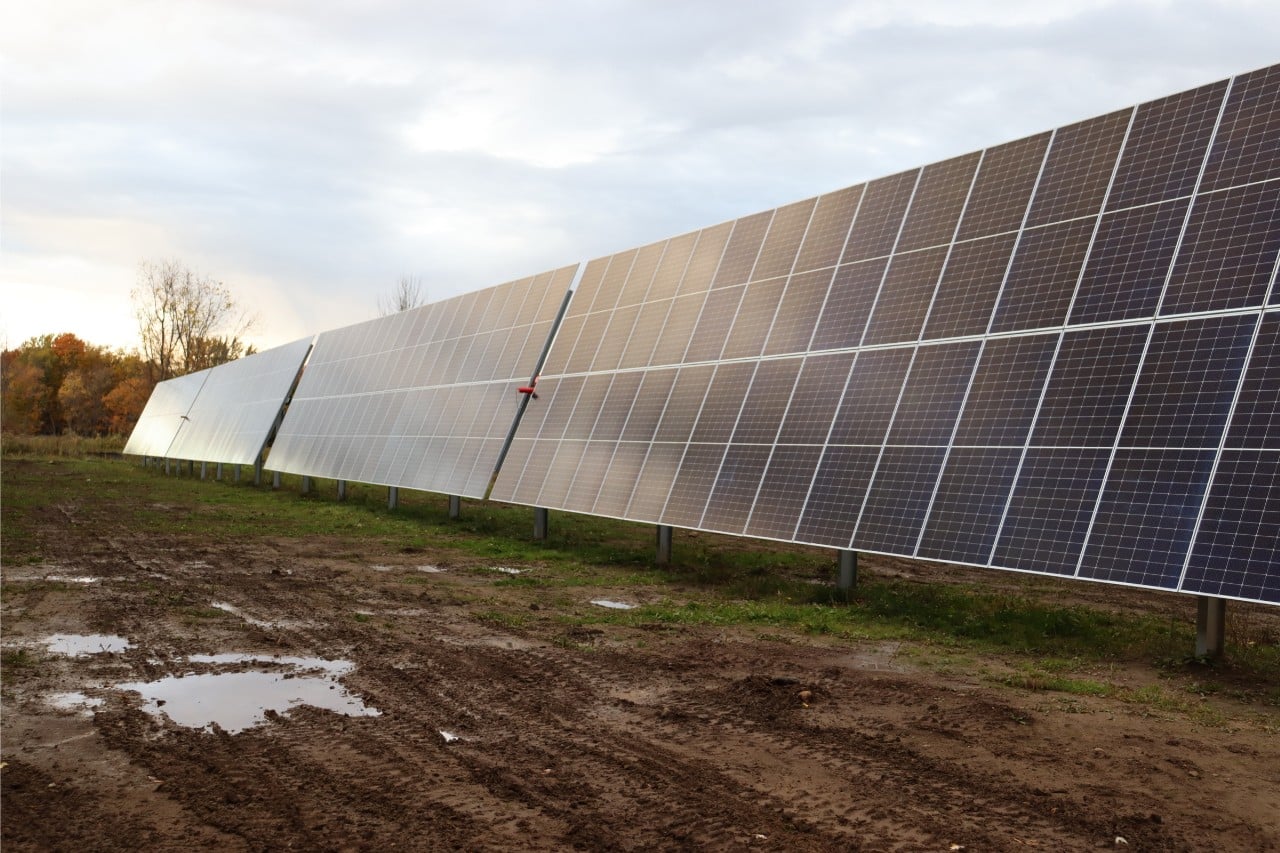If you’ve been paying attention, you’ve likely seen one news story after another hyping up the U.S. solar industry.
We’ve seen years of growth as clean energies like wind and solar take over new generating capacity. In 2024, for example, solar comprised two-thirds (66%) of U.S. electricity-generating capacity additions. Overall, the solar industry installed about 50 GWdc of capacity last year, hitting a new one-year record.
Tailwinds and Headaches
So, what’s driving companies, utilities, and communities to dive into solar energy? As it turns out, several factors combined to get us here.
The Inflation Reduction Act (IRA) has had a couple of years to come into form. Incentives made through the program extended and broadened solar tax credits, making large-scale solar projects a better investment.
The IRA also created measures to develop sustainable domestic supply chains for solar panels, racking, and wire. Previously, solar companies imported foreign solar components, dealing with everything from long delays to questionable quality. The costs were lower, but the industry struggled.
Today, domestic manufacturing is taking a monumental step forward. Recently, the SEIA announced the U.S. had reached a critical manufacturing milestone. Domestic solar module production capacity hit 50 GW, large enough to meet current U.S. demand. Backed by Section 45X and Section 48C tax credits, incentives bolster an already booming industry.
Despite some potential governmental headwinds, industry experts are bullish on solar energy’s future.
Does Buying Domestic Matter?
The U.S. is encouraging developers to use American-made goods, including PV wire. But does domestically produced wire warrant the higher cost?
In many cases, the short answer to that question is yes. Although all PV wires may look similar, subtle details impact quality, lifespan, and performance. We must also consider project scopes, including timelines, budgets, locations, and job requirements.
Depending on the situation, American-made PV wire could be a cost-saver.
Quality and Build
Solar wire made in the United States meets or exceeds Underwriter Laboratories, National Electrical Code (NEC), and ASTM standards, including:
UL 4703 – This UL standard is specific to PV wire. UL 4703 tests a wire’s ability to handle sunlight exposure, high temperatures, weather, and other threats.
UL 1581 – Also known as the VW-1 test, UL 1581 is a vertical flammability test. Essentially, UL 1581 determines how much a flame propagates (spreads) along a wire section.
ASTM B-1, B-3, B-8, and B-33 – These wire configuration standards correspond to specific wire types. In order, they are hard-drawn copper (B-1), soft-drawn copper (B-3), concentric lay twisted strands (B-8), and tinned copper (B-33).
American-made PV wire undergoes heavy scrutiny, resulting in high transparency. Additionally, strict standards add a layer of safety to every product, ensuring the wire does what it should. This may not be the case with products shipped from overseas, as other countries’ standards may be less stringent.
NEC Section 691 – This portion of the NEC corresponds to several aspects of utility-scale solar sites with generating capacity over 5 MW. It covers factors like operating voltages, disconnects, fire mitigation, engineering, and other critical safety measures.
Supply Chains and Lead Times
Timelines matter – whether it’s a utility-scale solar array or a small community solar project.
One massive advantage American-made products have is their shorter supply chains. Because the manufacturing and shipping are both within the U.S., production lead times tend to be much shorter. Shipping times are also shorter because products don’t have to travel by boat to the United States.
On top of the shorter shipping and lead times, buying from domestic manufacturers helps developers avoid tariffs and duties. Importers often pay tariffs on materials from other countries, adding costs to the products they buy. Duties, on the other hand, are taxes paid on imported goods.
Domestic production is also handy if problems arise. When customers find defects in their solar wire, they can return it to the manufacturer easily. Because the route is much shorter, the amount of time it takes to switch the wire is faster. Cutting a weeks-long wait down to only a few days is crucial when developers are racing to meet looming deadlines.
Weighing Costs with Lead Times
If deadlines aren’t an issue and the company has time to wait, sometimes shipping products from overseas could be an option.
Buyers take on risks with the purchase, including the threat of geopolitical issues coming into play and tariffs. However, despite longer customer lead times and riskier supply chains, developers could save money on large-scale projects by using imported wire.
Budgetary Constraints
Developers endlessly search for ways to deliver the best results with the most savings possible.
To that end, U.S. materials offer solid production, quality, and price. American-made materials follow a strict production process to ensure higher durability, longer lifespans, and better manufacturing traceability. The result is a product that often lives up to the price point.
But every dollar counts, especially when you’re dealing with solar systems with hundreds of aisles of panels. Wire is a pretty small piece of the overall budgetary pie, but as projects grow larger, so does the cost of wire.
Project Requirements
Sometimes, it isn’t about price, performance, or any other factor – the project just requires domestic PV wire.
Over the years, solar projects have become more specific, especially as the federal government attempts to bolster domestic manufacturing. As a result, more solar projects are pushing to meet domestic content requirements like BABA. The products called for are then “spec’d in,” requiring developers to source those materials for the project.
BABA, or the “Build America, Buy America” program, ties funding and tax credits to solar projects. For example, ITCs and PTCs contain language about using American-made materials in the site’s development. We wrote a blog about these rules, which you can find here.
State and local domestic product incentives could also be in play, depending on the project’s location.
The Case for Imported Wire
So, with so much focus on domestic production, is there a place for imported PV wire?
Imported wire can do the job, but it’s important to ALWAYS work with a trusted, vetted international partner. Different countries have different standards, so it’s on the developer to verify who they buy from is reputable.
Price – Larger projects call for more wire – often to the tune of hundreds of thousands of feet. Imported wire is generally more cost-effective, reducing overall project costs.
Access to In-Stock or Unique Products – On occasion, solar projects may call for uncommon wire, which could lead to longer lead times. Overseas vendors may have specialized products in stock, keeping projects moving on time.
Once again, DO YOUR RESEARCH before purchasing thousands of feet of wire from an international vendor. A trusted partner can meet safety standards and be transparent about their processes, ensuring high quality.
Small Line Item, Huge Impact
Wire is a crucial component of any utility- or community-scale solar installation. Without it, electricity doesn’t move from the panels to the electrical grid.
Buying American isn’t solely about supporting the Red, White, and Blue. Builders get faster shipping, fewer added shipping costs, top-quality products, and peace of mind.
Some overseas products may have similar quality, but EPCs must do their due diligence. This means building trust and verifying those manufacturers produce high-quality products.
At the end of the day, not all wire is the same. No matter where the wire comes from, only work with trustworthy manufacturers that meet the highest standards. The result will be better installations, safer projects, and long-lasting performance for decades.


